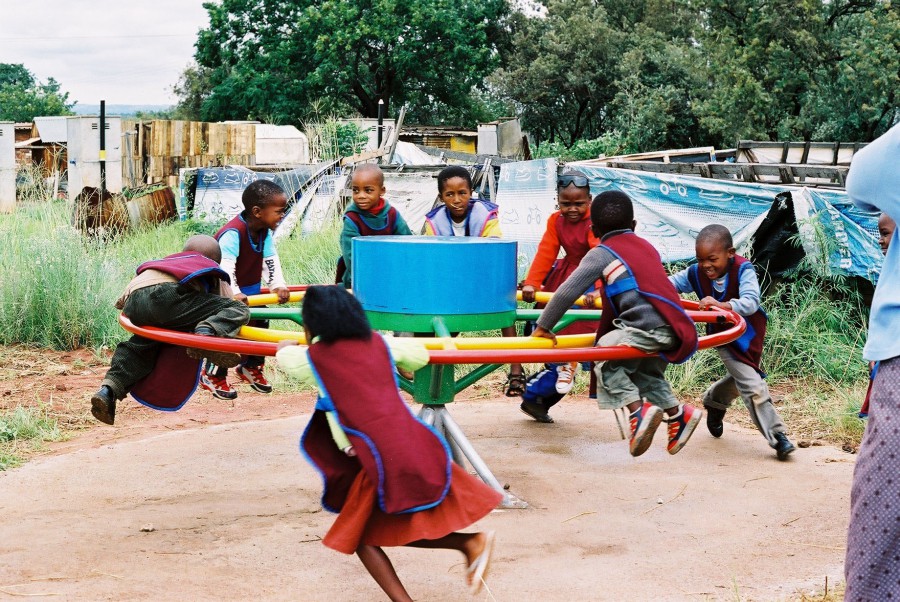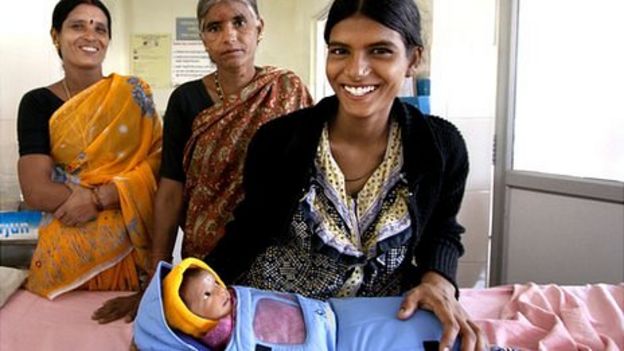 Summary
Summary
Class instructed by Marina Terteryan.
The objective of the class was to learn a high-level approach to problems that we will uncover with some practical key tools and practices of human-centered design.
Lesson | Case Studies | Mini Project
NOTES

Design thinking and Human-Centered Design is a process that involves questioning everything. This will help in the first step of the process of empathizing, learning about users, (for whom you are designing). From there, the next step would be to use the information that we came across to define a point of view of the user. We have already gained some of their insight, it’s at this point we start to see their problems from their point of view. Once the problem has been defined, we can start to ideate and brainstorm possible solution to their problems. From the ideas that come from the ideation phase, we bring the ideas to life by prototyping them into a usable product for testing. And we take the feedback from the testing and reiterate over and over again till we find a solution that meets the needs of the user by solving the problem we have addressed.
- Research
- Get to know the audience
Ideation
- Coming up with ways to solve the problem
Implementation
- Prototype and test
The design process will have its ups and downs. The ups are when we discover all the possible solutions and consider them all. Then when we come to a down turn, we chose a solution that we want to elaborate on and then move onto another up turn to discover more possibilities based on the development of the previous ideas. This will continue a few times before a definitive solution develops.
Diverge – Everything is possible.
Converge – Figure out what to focus on.
This lead to the point of Invention Vs. Innovation. The difference being that inventing something is to create a solution for the very first time as oppose to innovation, where you are significantly improving on an existing solution.
“Everything great thing created was created by people like you and me.” – Steve Jobs
Make things better and make better things.
Inspiration
Inspiration comes from knowing the problem, but most importantly, who the people that are having the problem. There are a few ways to find inspiration including knowing where to go to find the answers to your questions. The best way is to interview and observe the people you are solving for. The information you get from them first hand will be the most valuable because it comes directly from the source. You can ask them exactly how they feel about their problems and get a better sense of how they tell their story.
Some ways to get information from your user is to:
- Keep asking why
- Sometimes their initial response may be too vague. It is important to get deeper into the issue. A good way to do this is to ask why, so that they can elaborate. This allows you to discover more about the problem, but most importantly, how the user feels about it.
- Ask them to draw it
- If they have difficulty describing what their situation is, ask them to draw the situation in as much detail as they can. This might uncover some more detail and better depict what the issues could be.
- Ask them to show you
- Same as if they were to draw something to depict their problem, but if there is a real life example of the problem, they can just direct you to it.
- Tell a story
- It can also be difficult to even describe the problem. Sometimes the problem occurs specifically in scenarios. So ask your user to describe the scenario with a story. It’ll help you understand when the problem is the most noticeable and, most importantly, why it’s a problem.
Another way to find inspiration is to talk to experts in their fields. Even though they may not be the exact person you are trying to help, they can be a valuable source of information.
You can also examine where similar issues exists and draw inspiration from them. This is called analogous inspiration. The problem you are solving for may not only exist in the situation your person is having problems in.
It also helps to be familiar with the problem by experiencing it in person by immersion. Put yourself in the shoes of your user. You’ll get a better sense of their pain points and know first hand of their discomforts.
To get the most of your user’s experience, it is best to go through all combinations of the ways to find inspiration.
Ideation
Once enough information has been gathered, it’s time to take what you have discovered and synthesize. Look out for patterns, themes and common trends that appear across the interviews that were conducted. Find the most recurrent issues and address them in the brainstorming session.
When brainstorming, it’s important to defer judgement, encourage wild ideas and build on the ideas of others. But remember to stay on topic, try to have one conversation at a time. And at this point it’s ok to be visual by creating sketches and wireframes. It’s about quantity of ideas, not the quality.
This is also a great time to start asking “how might we…” and figure out how to solve some of the issues that have come up. By asking “how might we…” you encourage moving the process forward and promote development.
Implementation
After the ideas have been discussed and decided on, it’s time to build a prototype for testing. The prototype does not have to be near final, it can be as simple as some sketches on paper. As long as the intended actions can be performed by a user, feedback can be gained. Integrate the feedback and reiterate the prototype and test again. Repeat this cycle till you have the results that you are looking for.
If prototyping is not a possibility, if the solution is not necessarily product based but more of a change in behavior or service, a storyboard may be necessary to explain the solution. It may be easier to illustrate the process of the solution in frames. and even use some dialogue to explain what the desired outcome is.
CASE STUDIES
Roundabout Water Solutions (PlayPumps)

The PlayPumps was designed to be a solution to free women of Africa from the errand of having to spend part of their days pumping water for their everyday use. From their studies, they observed that women of Africa spent a significant amount of time retrieving groundwater from nearby river and streams. Sometimes these sources provided water that was not humanly consumable.
What the PlayPump was designed to do was to utilize the energy of children at play by harnessing it through the PlayPump. The motion of the pump drew water into a reserve where citizens could retrieve and use the water. This saved the mothers and more importantly the daughters that had to compromise their school time to run this errand.

As innovative as the solution might have been, it turned to be less effective as it intended because although there was more available water ready at the pump, women and their daughters still preferred to retrieve the water themselves because it was part of their daily routine. It was their excuse to exercise and socialize with the other women that would encounter while they ran their errands.
Though there was some positive result from the solution, it was considered a failure because of the ineffectiveness. The solution did not address any particular issues that the community was facing aside from creating an interesting way of retrieving water.
source: http://www.playpumps.co.za/
Lullaby baby-warmer AKA the Embrace

The Lullaby baby-warmer was created as a means to help premature babies survive through transportation. In some countries, incubators were a luxury to have in hospitals and the nearest ones were usually miles apart and would require hours to reach, a distance a premature baby would have low chance of surviving.
The solution hit many points, including:
- Affordable to make
- Easy to distribute
- Does not require much resources or energy to operate
The biggest benefit was that it allowed the mothers to be able to keep close to the babies, increasing contact with their children. The product has been said to have saved thousands of lives.
After, a few reiterations, new versions of the product have been tested and approved to be distributed to families. It’s been considered a success.
source: http://www.bbc.com/news/business-23817127
MINI PROJECT
This exercise began as a prompt. We were given simple instructions to design what we thought would be the ideal wallet.
Initially, I thought this was going to be simple since I have recently done some wallet shopping and have had experience with several styles of ways to carry my money and cards. I designed a minimalistic wallet that only allowed the minimum amount to be carried. As a person that carries his wallet in his back pocket, it was uncomfortable to have too much bulk while seated.
The next part of the exercise was to interview another person in the room and ask how they carry their essentials. We started by dumping our belongings in front of us on a table and describe everything that we carry.
This was a turning point. As we went through and described our belongings, it was apparent that we all had different needs. My interviewee, Mary, carried much more than I did, but at the same time, everything was justified. She was a person that liked to be prepared and she had a system already.
Some of the things she carried were:
- Experience Design sketchbook
- Pencil pouch
- Makeup pouch
- Medical kit
- Wallet
- Laptop
- Notebooks
I asked her specifically about the other things she carried outside of her wallet because it described her much better than the contents she had in her wallet.
Her wallet, actually was very minimal, containing only 4 or 5 cards along with a 5-dollar bill. So, realistically, the need for a wallet was almost insignificant compared to her actual need for a way to carry all her other things.
Through questioning and observing the way she talked about the items that she had on her, I came up with the hypothesis that she needed more than a wallet, but a better system to carry her things along with her wallet. I noticed she had to find containers that were almost specific for the items she intended to carry.
I put together a small affinity map to figure out what was important to determine what type of person she may have been.
So what I came up with was a modular system that let her contain all her essentials without having to compromise mismatching her containers. Since she was a designer, matching her items seemed important.
I tried to imply matching accessories, like a wallet made of the same material, separate pencil pouch accessories, and also kept it in a slim package so that she can chose to toss it into another bag if she felt like she needed to. The idea was to keep it all in a neat, compact system to eliminate the need of carrying so many different containers, eliminating the need to keep track of it all.
The important lesson here is that everyone’s needs are different. It is important to solve specifically for the person that has the problem, not necessarily for yourself as a designer.








